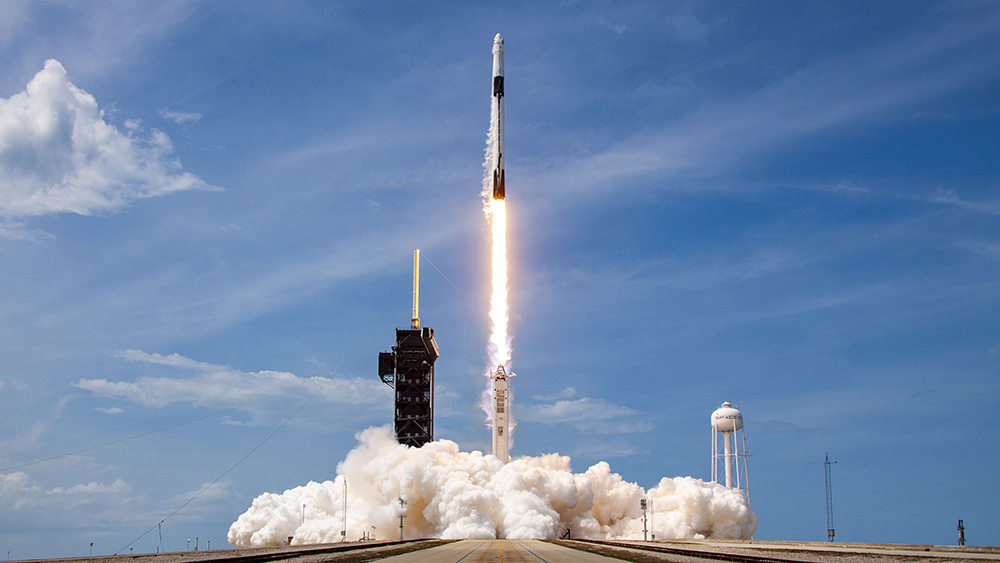Hospitals rely on liquid oxygen to be used in respirators for the treatment of Covid-19 patients.
As Covid-19 peaks again in the US, the space sector could be affected as it faces a shortage of liquid oxygen required to carry out rocket launches. The demand for liquid oxygen has increased in hospitals amid rising cases from the Delta variant of Covid-19.
SpaceX COO Gwynne Shotwell pointed to the likely development at the 36th annual Space Symposium, hinting at possible delays in launches due to the shortage. It is to be noted that hospitals rely on liquid oxygen to be used in respirators for the treatment of Covid-19 patients.
“We’re actually going to be impacted this year with the lack of liquid oxygen for launch,” Shotwell said adding that the company is however going to ensure that hospitals have liquid oxygen. “But for anybody that has liquid oxygen to spare, you can send me an email,” she was quoted as saying by space.com.
SpaceX requirements
SpaceX has aced the commercial operation of space transport by successfully launching and returning cargo and astronauts from the International Space Station. The company’s Falcon-9 reusable rockets, which are the workhorses driving its operation, use Merlin engines that require liquid propellant to generate thrust.
The rocket fuel is mixed with an oxidiser in the combustion chamber, where they chemically react and make new molecules, including a gas. The company is looking at a series of launches including one over the weekend as it resupplies cargo to the Space Station.
However, a shortage of liquid oxygen could affect its long term plans. The Elon Musk-led company had recently bagged a contract from Nasa to launch its Europa Clipper Mission aimed to study the Galilean moons orbiting Jupiter.

Why is Liquid Oxygen needed in rockets?
Rockets these days are designed to work with liquid engines, liquid because they use liquid hydrogen as fuel and liquid oxygen (LOX) serves as the oxidiser.
According to Nasa, Hydrogen, the fuel for the main engines, is the lightest element and normally exists as a gas. Gases especially lightweight hydrogen are low-density, which means a little of it takes up a lot of space. Hydrogen gas is therefore turned into liquid.
“Although it’s denser than hydrogen, oxygen also needs to be compressed into a liquid to fit in a smaller, lighter tank. To transform oxygen into its liquid state, it is cooled to a temperature of 183 degrees Celsius,” Nasa said. Once in the tanks and with the launch countdown nearing zero, the LH2 and LOX are pumped into the combustion chamber of each engine. When the propellant is ignited, the hydrogen reacts explosively with oxygen releasing a massive amount of energy.
Covid-19 situation in the US
The United States had faced the worst brunt of the coronavirus and is in the midst of another spike as Delta variant leads to new cases across the country. The government had earlier removed the mask mandate, which has once again been imposed asking people to ensure social distancing.
The US has the world’s highest number of cases and deaths at 38,217,956 and 632,223, respectively, according to Johns Hopkins University.
As per the American Academy of Pediatrics and the Children’s Hospital Association, till August 19,





































